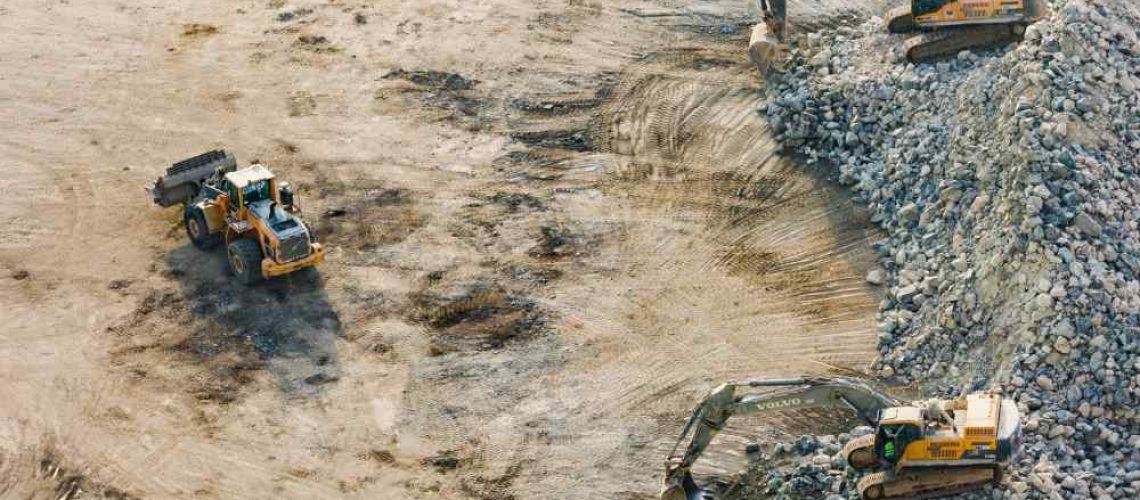Rubbish from construction and demolition sites is bulky and hazardous. They occupy a large space and may cause a lot of problems for the workers if they are not removed quickly from the surrounding area.
Construction and demolition waste also fill up landfills which are rapidly running out in many areas. That’s why handling construction and demolition waste requires careful consideration of the environment and the cost of when it comes to removing this rubbish in Sydney.
Common Types of Rubbish in Construction and Demolition Sites
Construction and demolition site wastes include excavated rock and soil, bricks, concrete, wood, tiles, bathroom fixtures, electronics, electrical and plumbing waste, paints and other hazardous materials, nails, clothing, tree trunks and other forms of vegetation, packaging materials, furniture and other unwanted materials resulting from demolition and construction activities.
Recycling to Minimise Construction and Demolition Waste Removal
Minimising waste on a building and demolition site not only saves money for Construction rubbish removal in Sydney, it improves the efficiency and convenience on the site but also significantly reduces environmental pollution.
Much of the waste that come from construction and demolition sites are recyclable. Reuse of the off-cuts and waste products from demolition will reduce not only waste but also the overall material consumption. If they can’t be reused, sell or donate them to help conserve resources.
Consider deconstruction in the demolition jobs. Carefully dismantling the structures is time-consuming, but it increases the amount of material that can be recycled or reused.
Disposal of hazardous waste
Construction and demolition wastes include hazardous materials that could not be mixed with the other wastes. People on the job sites should be aware of these materials and their proper handling.
1. E- waste
The demolition of residential and commercial structures would most likely yield e waste, which is the common term for electronic waste. E waste includes telephones, computers, televisions, VCRs, stereos, copiers and other electronic products that are near the end of their “useful life” or obsolete and are no longer used.
Electronic devices are made using some toxic chemicals and valuable metals like gold. They should be disposed of responsibly to prevent environmental pollution if thrown into a landfill. Recycling would recover the valuable materials in e waste.
2. Asbestos
All asbestos-containing products have been banned throughout Australia in 2003. However, many Australian homes built or renovated before 1987 most likely contain asbestos commonly found in fibro building products that were widely used then.
Generally, an undisturbed asbestos-containing product is not a health risk. However, when disturbed during demolitions, fibres can be released into the air. Inhaling asbestos fibres is a significant health risk because it is known to cause mesothelioma or lung cancer.
The removal of any friable or easily broken asbestos must only be undertaken by a licensed asbestos removalist who will dispose of it in accordance with SafeWork NSW. Call a free hotline for advice and guidance on asbestos-related issues, 1800 Asbestos (1800 272 378).
3. Paints and other hazardous chemicals
Find out how to safely dispose of paint here and other hazardous products here.
Safety in Construction and Demolition Sites
Construction and demolition site waste is not only crowding the area but the sharp and heavy pieces are also a safety hazard to workers. To keep the area safe with regular and quick rubbish removal in Sydney, call Aus Rubbish Removals today on 0402 244 036.



